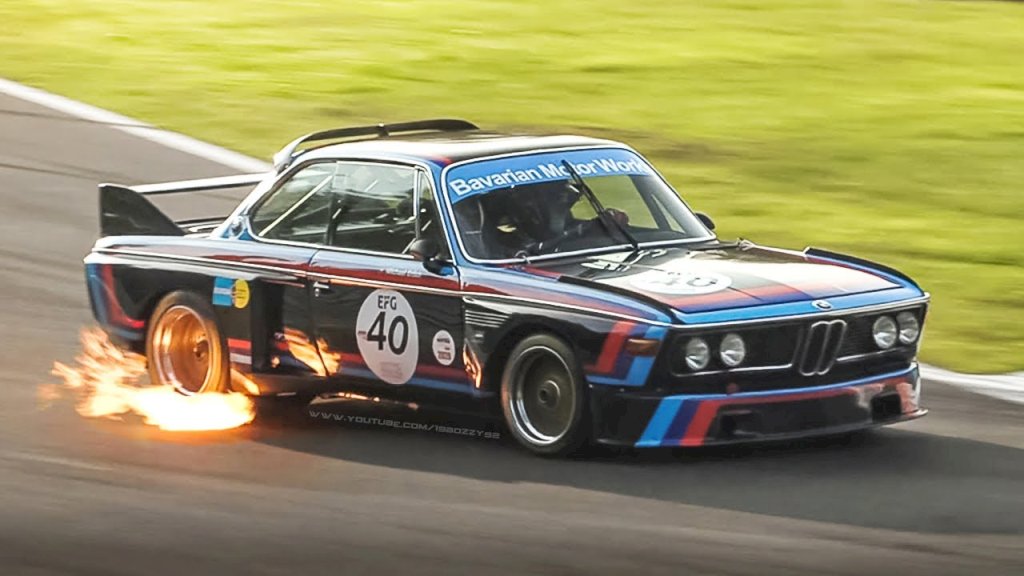The 1972 BMW 3.0 CSL, often referred to as the “Batmobile,” is a legendary sports coupe that holds a special place in BMW’s history. This classic sports car remains an iconic and significant vehicle in BMW’s history, representing the brand’s dedication to performance and motorsport excellence.
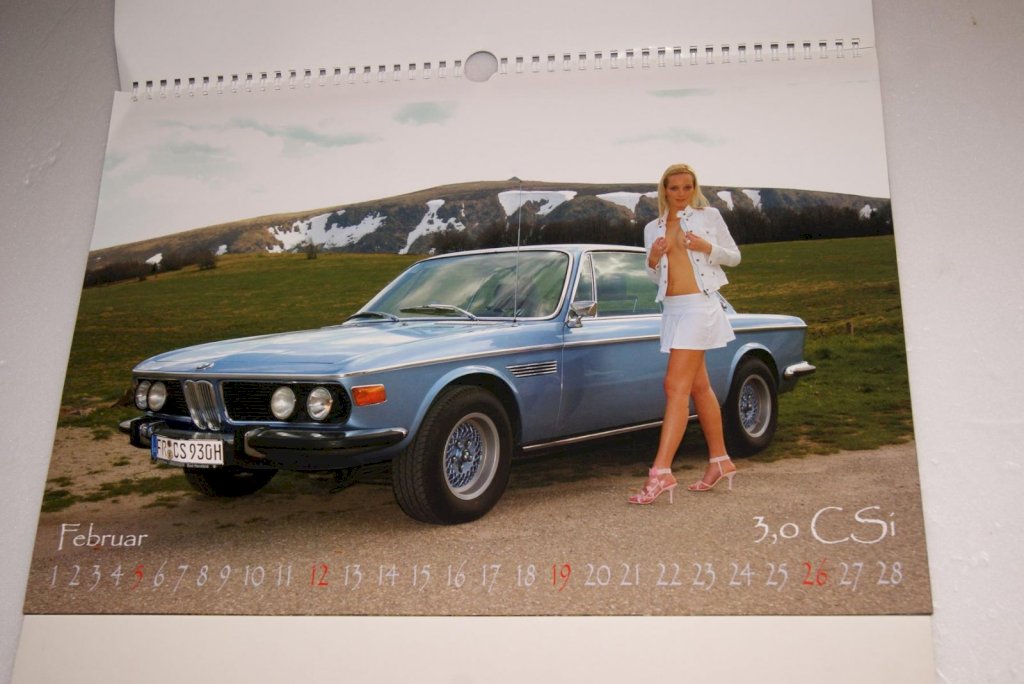
1. Motorsport Success
The 3.0 CSL achieved great success in motorsport, particularly in touring car racing. It dominated the European Touring Car Championship, winning the title in 1973 and 1975. It also achieved success at the 24 Hours of Spa-Francorchamps and the 24 Hours of Le Mans.
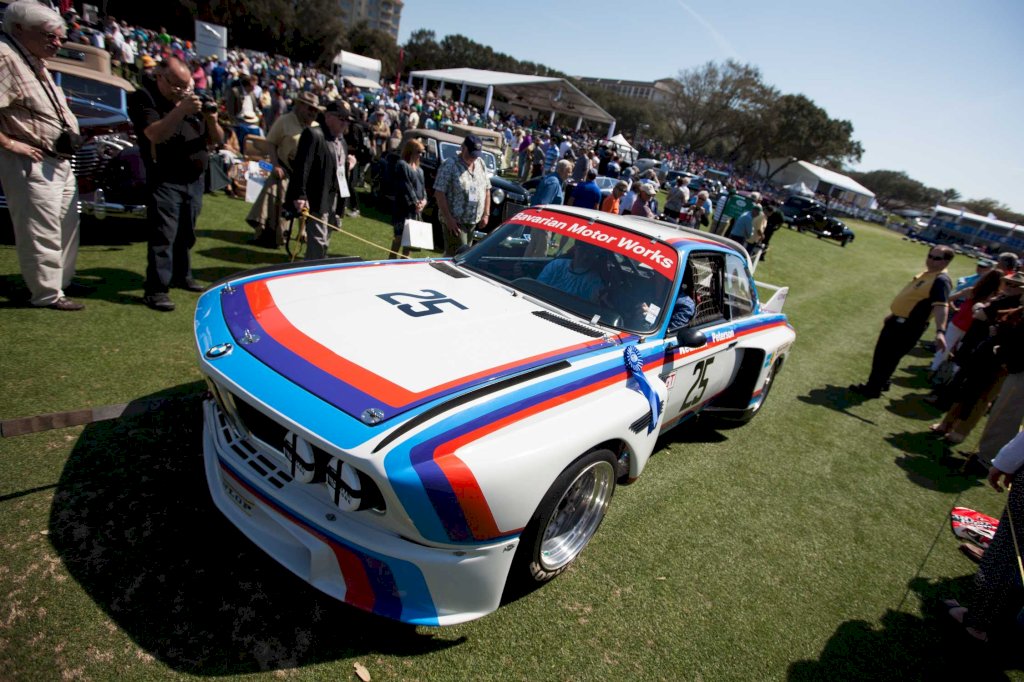
2. Limited Production
BMW produced the 3.0 CSL in limited numbers, with a total of 1,265 units produced between 1971 and 1975. Some versions were road-legal, while others were built specifically for racing purposes.
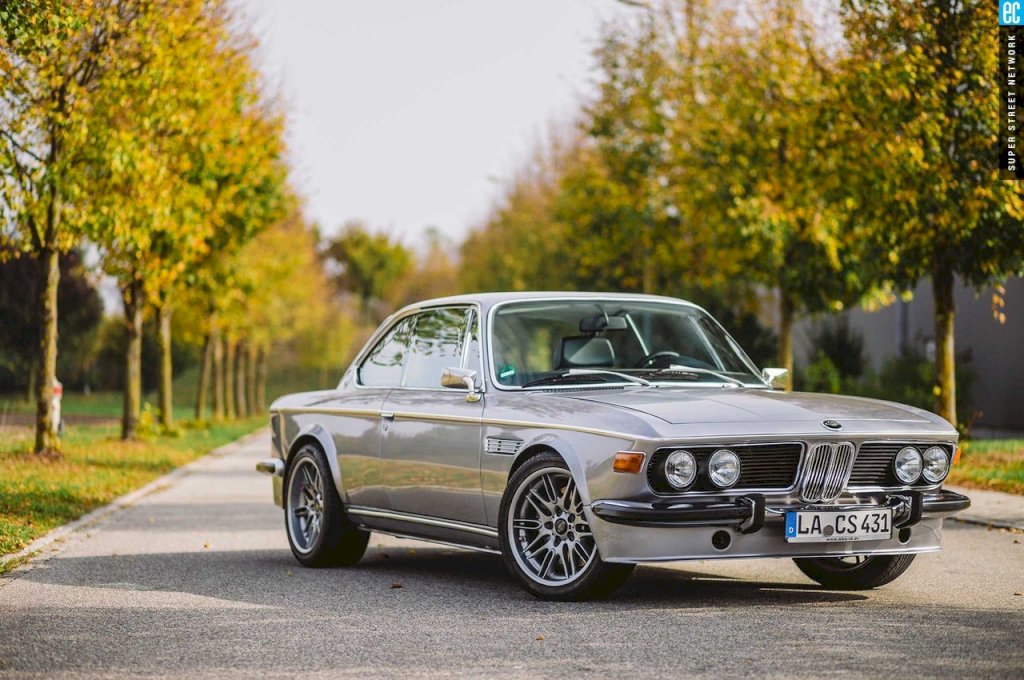
3. Collectibility and Legacy
The 3.0 CSL has become highly sought after by collectors and enthusiasts. Its rarity, distinctive styling, and motorsport pedigree contribute to its desirability. The success of the 3.0 CSL also paved the way for future high-performance BMW M models.
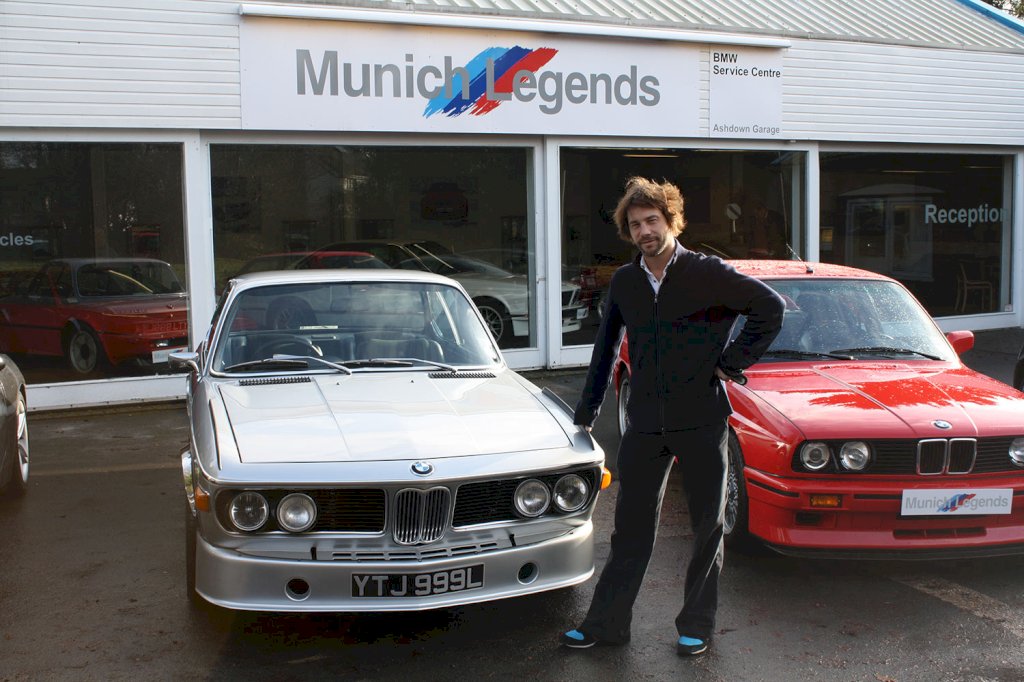
4. Design
Aerodynamic Body Kit
The 3.0 CSL featured a unique aerodynamic body kit that set it apart from the standard BMW E9 coupe. This body kit included a large front air dam, a rear spoiler, and prominent wheel arch extensions. These additions were designed to improve aerodynamics and provide increased downforce at high speeds.
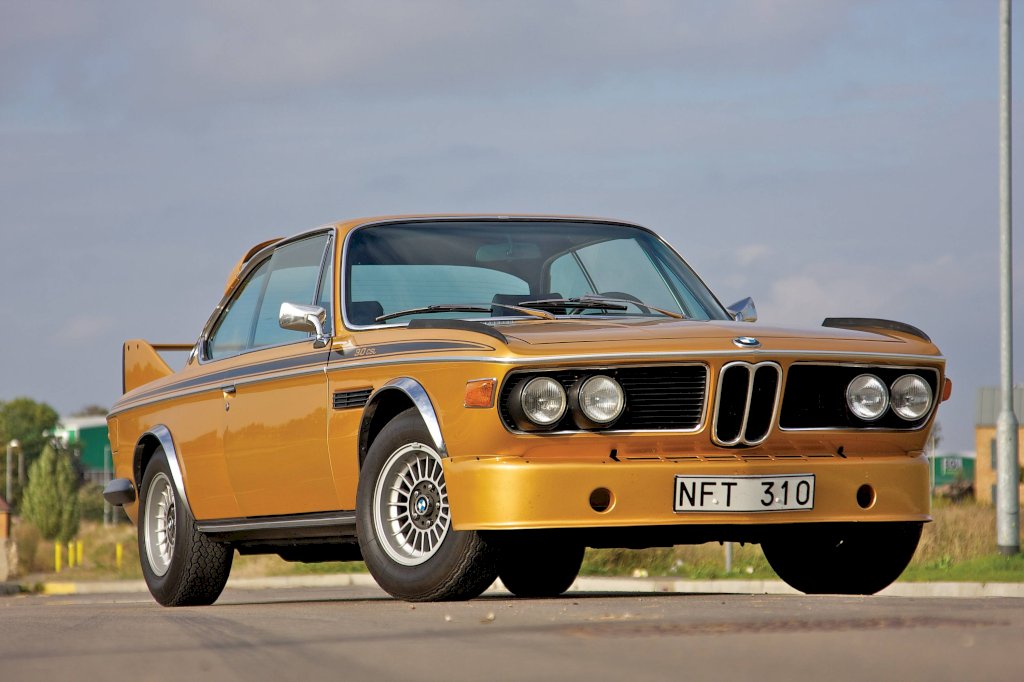
“Batmobile” Appearance
The distinctive body kit of the 3.0 CSL earned it the nickname “Batmobile” due to its aggressive and futuristic appearance. The extended wheel arches, in particular, gave the car a wide and muscular stance.
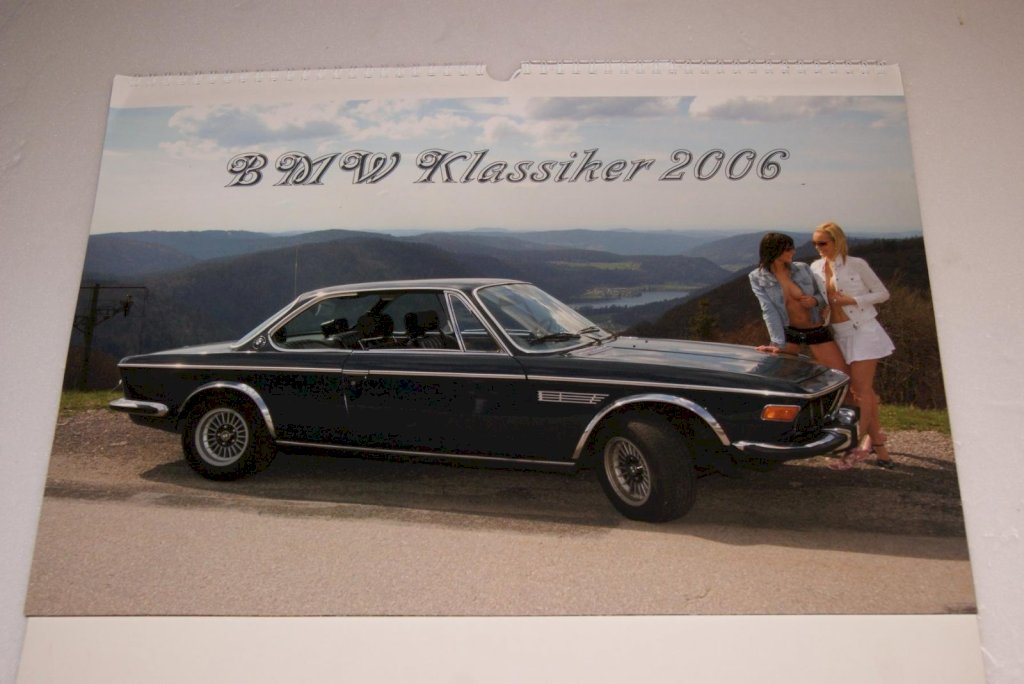
Lightweight Construction
As part of its focus on performance, the 3.0 CSL (stands for “Coupe Sport Leichtbau,” which translates to “Coupe Sport Lightweight” in English) utilized lightweight construction techniques to reduce weight. Thinner steel was used for the body panels, and the car featured lightweight alloy wheels. These weight-saving measures contributed to improved performance and handling.
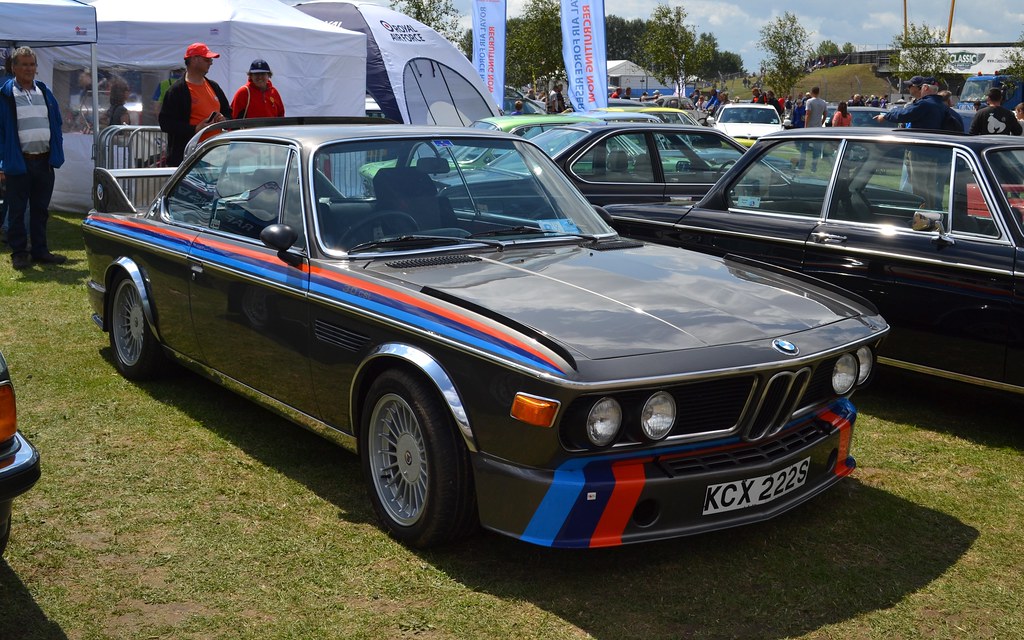
Iconic Grille and Badging
The front grille of the 3.0 CSL featured the signature BMW kidney grille design, but with a twist. The kidney grilles were elongated and featured a chrome surround. The CSL badge, which stands for “Coupe Sport Leichtbau,” was prominently displayed on the trunk lid.
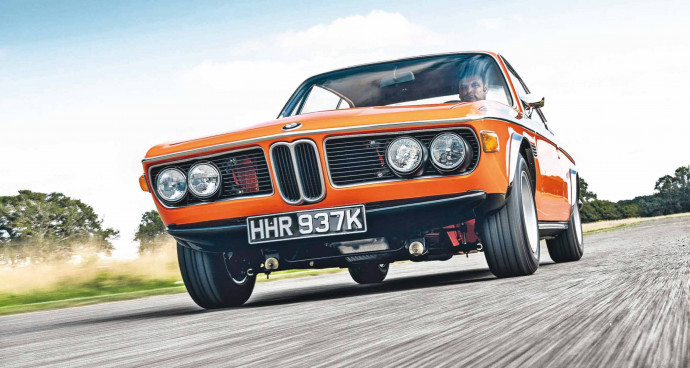
Streamlined Profile
The overall shape of the 3.0 CSL was sleek and streamlined. It featured a low and sloping roofline, a long hood, and a short rear deck. These proportions gave the car a sporty and elegant look.
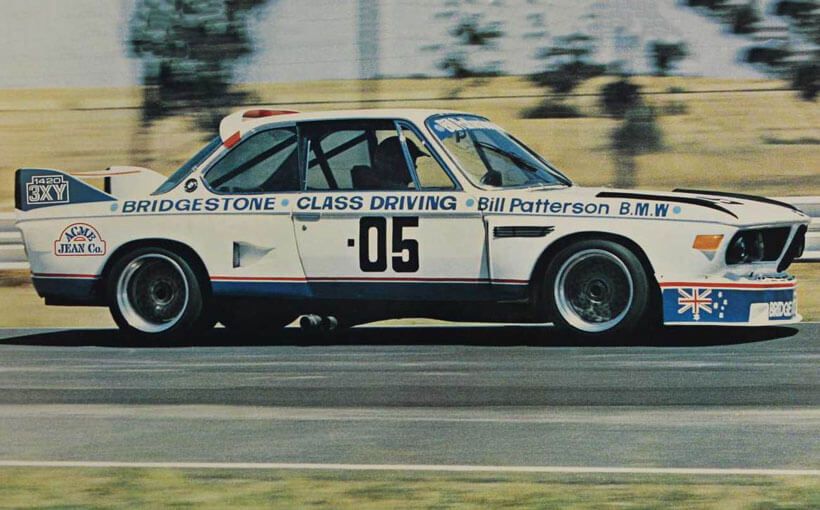
Racing-inspired Features
The design of the 3.0 CSL was heavily influenced by its motorsport aspirations. The aerodynamic body kit, large rear spoiler, and overall aggressive stance were all inspired by the car’s racing heritage.
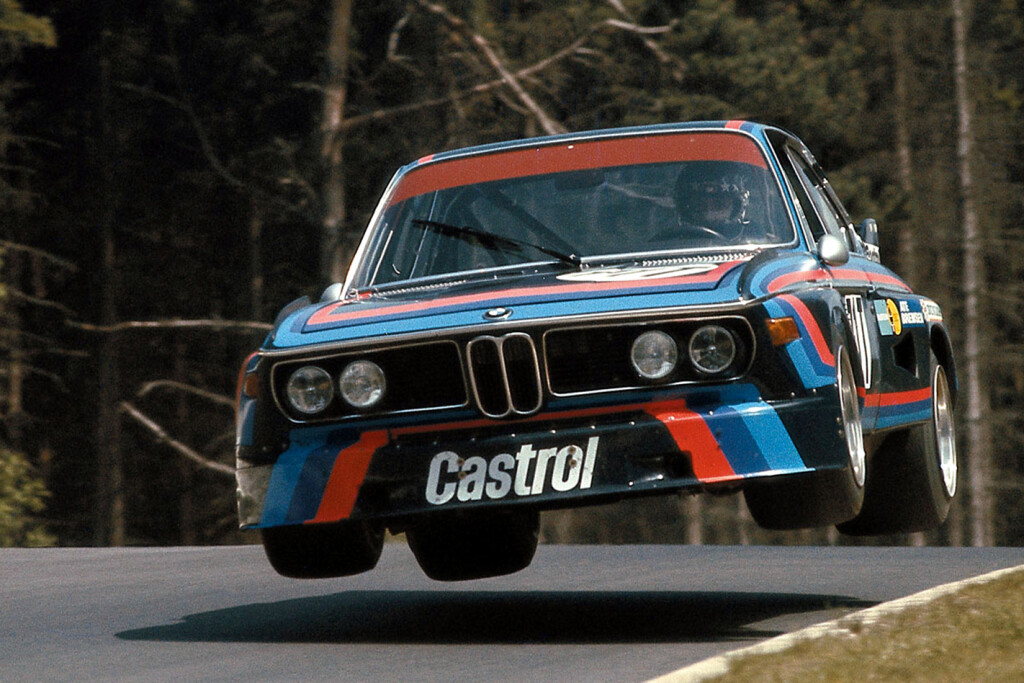
Interior
The interior of the 3.0 CSL was focused on the driver and performance. It featured supportive bucket seats, a sporty three-spoke steering wheel, and a minimalist dashboard design. The emphasis was on providing a driver-centric cockpit for an engaging driving experience.
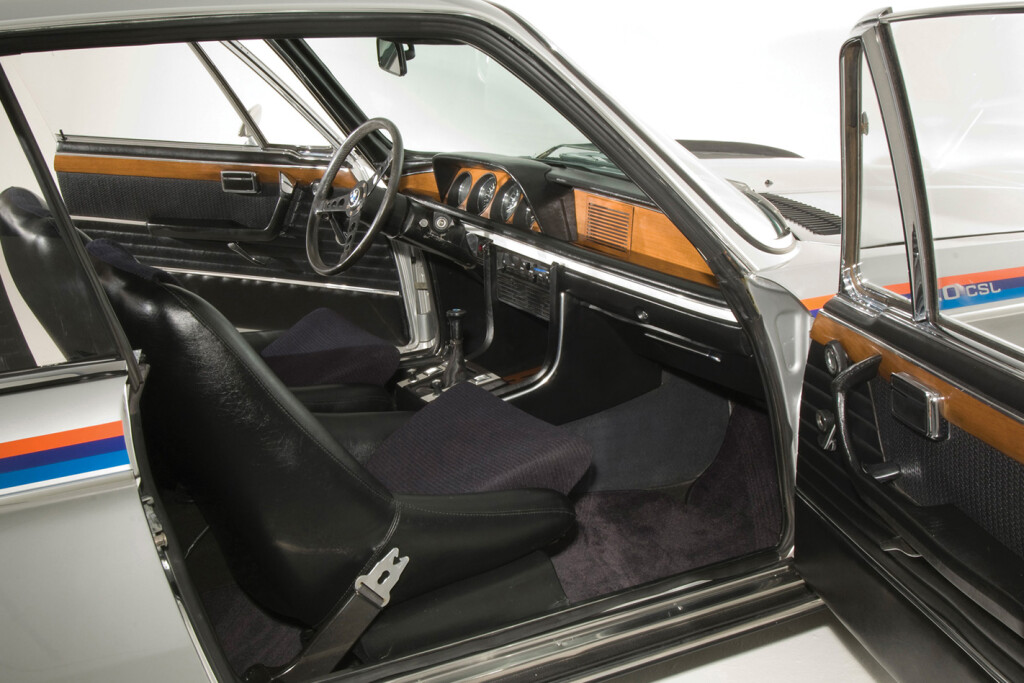
5. Engine and Performance
Engine Specifications
The 3.0 CSL was powered by a 3.0-liter inline-six engine. In its initial form, it featured a carbureted version of the engine that produced 180 horsepower. However, later versions of the 3.0 CSL, including the iconic “Batmobile” variant, were equipped with a larger, fuel-injected engine.
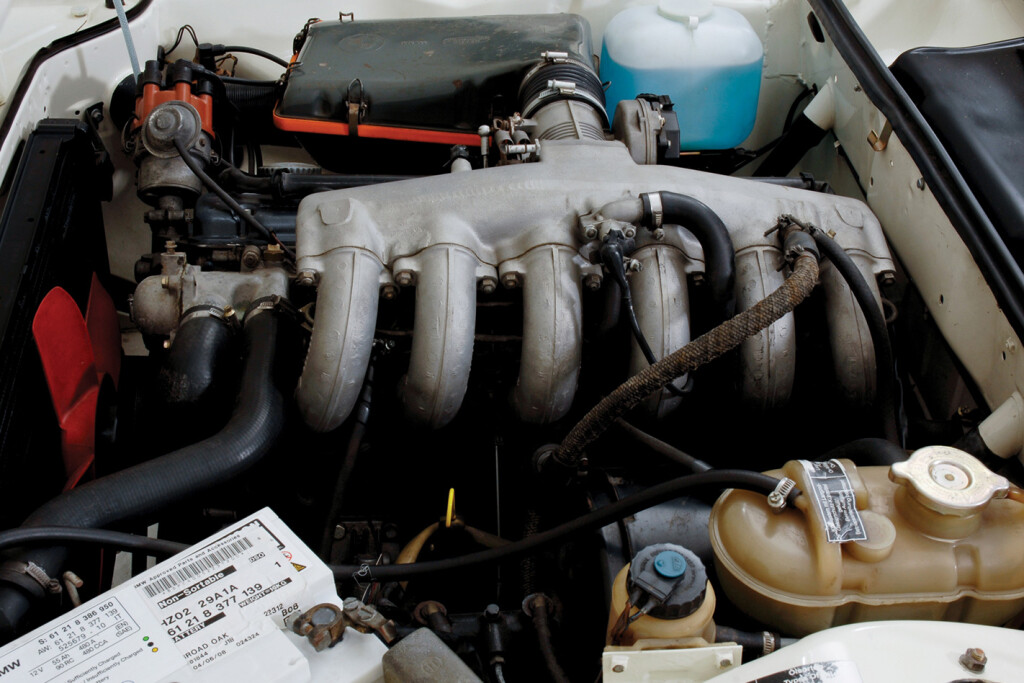
Increased Power Output
The fuel-injected engine in the “Batmobile” versions of the 3.0 CSL offered improved performance. It produced up to 206 horsepower, representing a significant increase over the earlier versions. This enhanced power output helped the car achieve impressive speeds and acceleration.
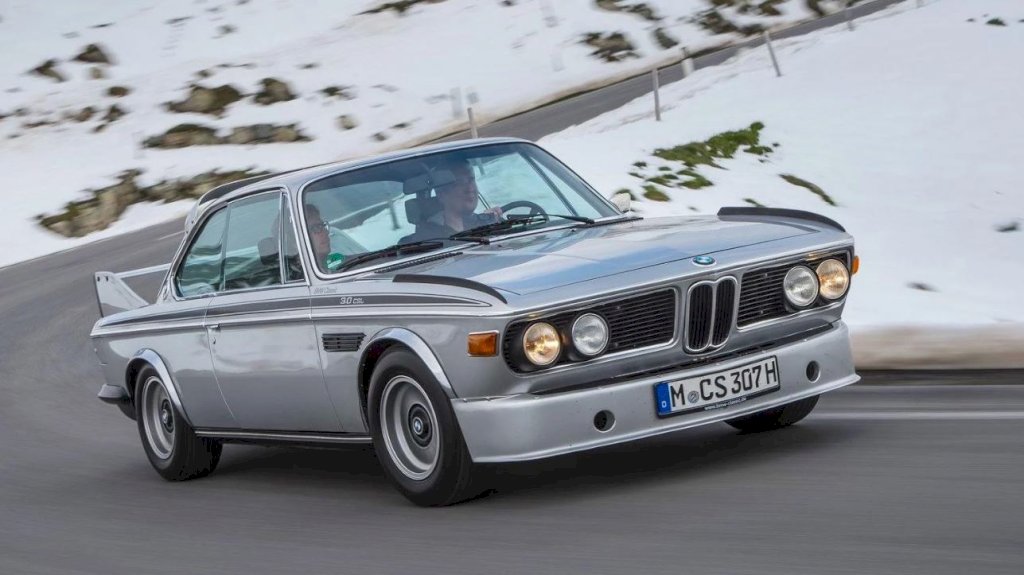
Acceleration and Top Speed
With its powerful engine and lightweight design, the 3.0 CSL showcased impressive acceleration and top speed figures for its era. It was capable of accelerating from 0 to 60 mph (0 to 97 km/h) in approximately 6.5 seconds and had a top speed of around 137 mph (220 km/h).
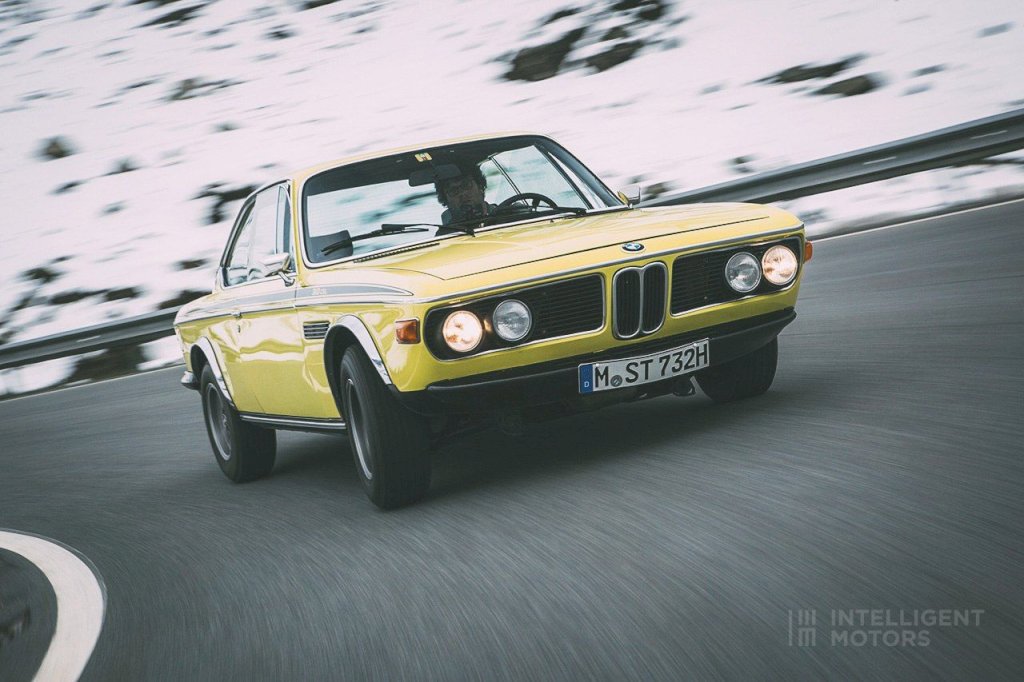
Racing Success
The 3.0 CSL’s performance capabilities translated well to the racetrack, where it achieved significant success. It dominated the European Touring Car Championship, winning the title in 1973 and 1975. The car’s power, agility, and aerodynamic design made it a formidable competitor on the race circuit.
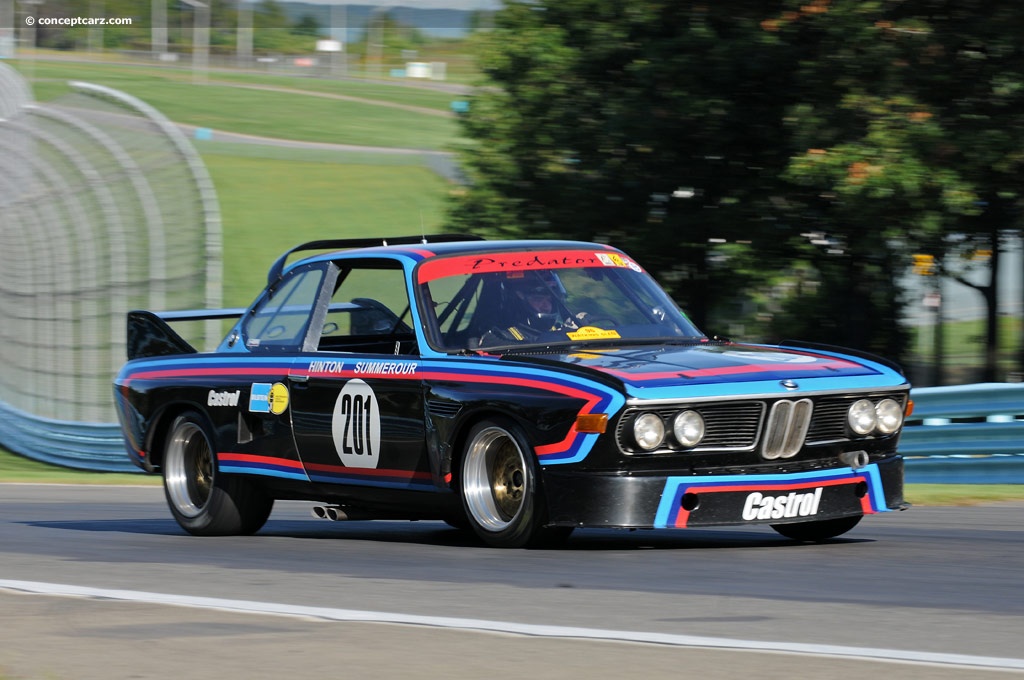
Transmission
The 3.0 CSL was typically equipped with a four-speed manual transmission, although a five-speed manual transmission was also available as an option. These transmissions provided precise gear changes and complemented the car’s sporty character.
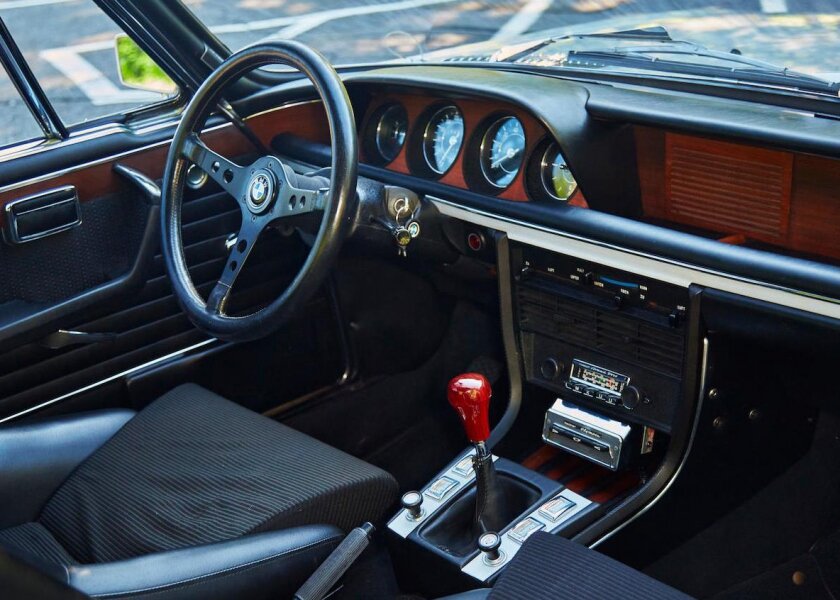
Handling and Dynamics
The 3.0 CSL featured a sport-tuned suspension and modifications aimed at improving handling and dynamics. Its lightweight construction, aerodynamic enhancements, and well-tuned chassis allowed for nimble and responsive handling characteristics, contributing to an engaging driving experience.
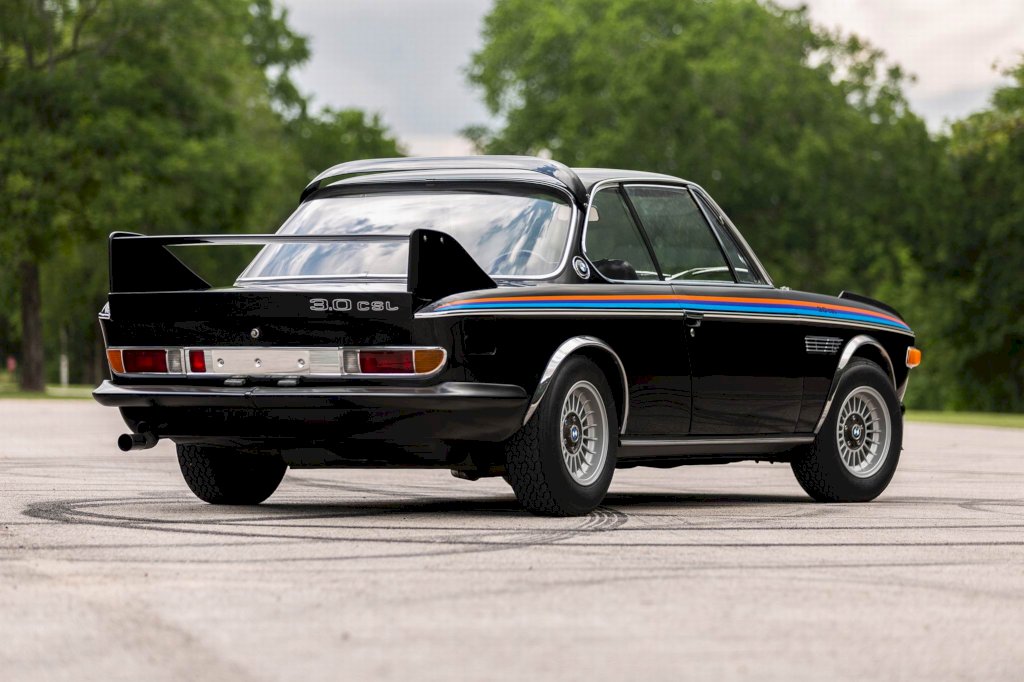
6. Cultural Significance
Iconic Design
The 3.0 CSL’s distinctive and aggressive design, particularly the “Batmobile” variant, has made it an enduring symbol of automotive design and style. Its aerodynamic body kit, extended wheel arches, and overall muscular appearance have become iconic and influential, inspiring future BMW models and leaving a lasting visual impression.
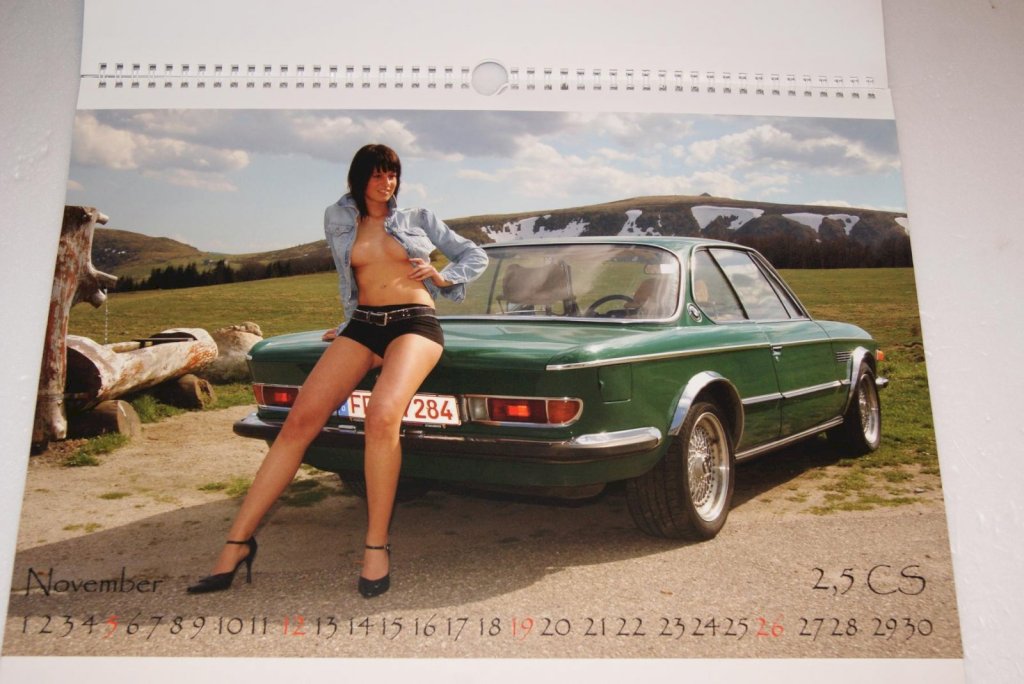
Homologation Special
The 3.0 CSL was initially created as a homologation special, designed to meet the requirements for the European Touring Car Championship. Its limited production numbers and purpose-built racing features added to its desirability and exclusivity. This connection to motorsport and the concept of homologation specials has resonated with car enthusiasts who appreciate performance-oriented vehicles.
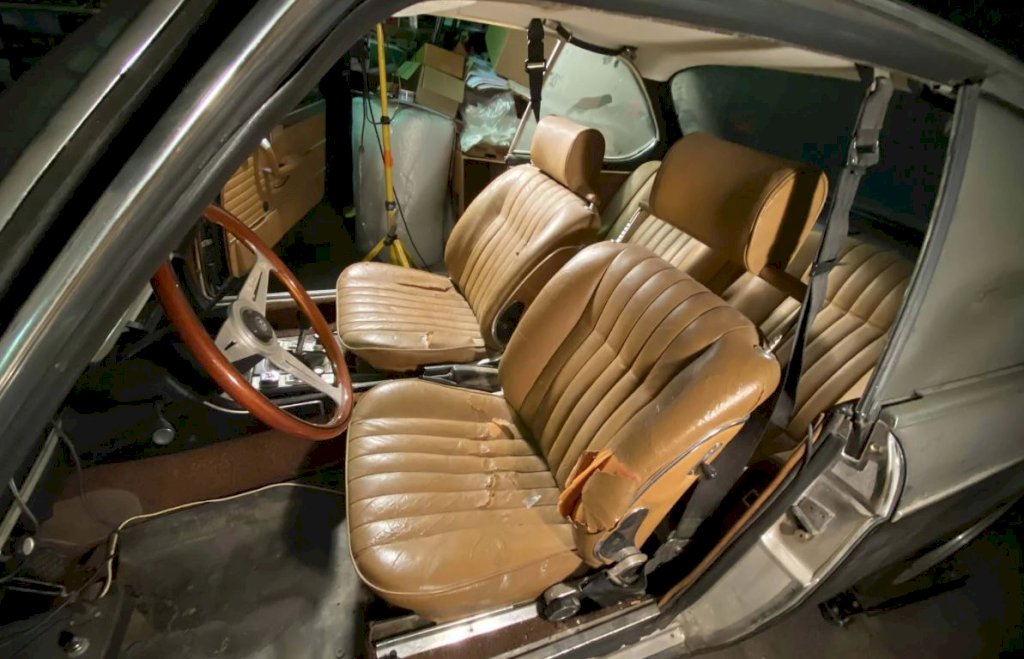
Influence on BMW’s M Division
The success and performance-oriented nature of the 3.0 CSL played a significant role in the development of BMW’s M Division. The CSL’s lightweight construction, powerful engine, and motorsport pedigree laid the foundation for future high-performance BMW M models, solidifying the brand’s reputation as a producer of sports cars and performance vehicles.
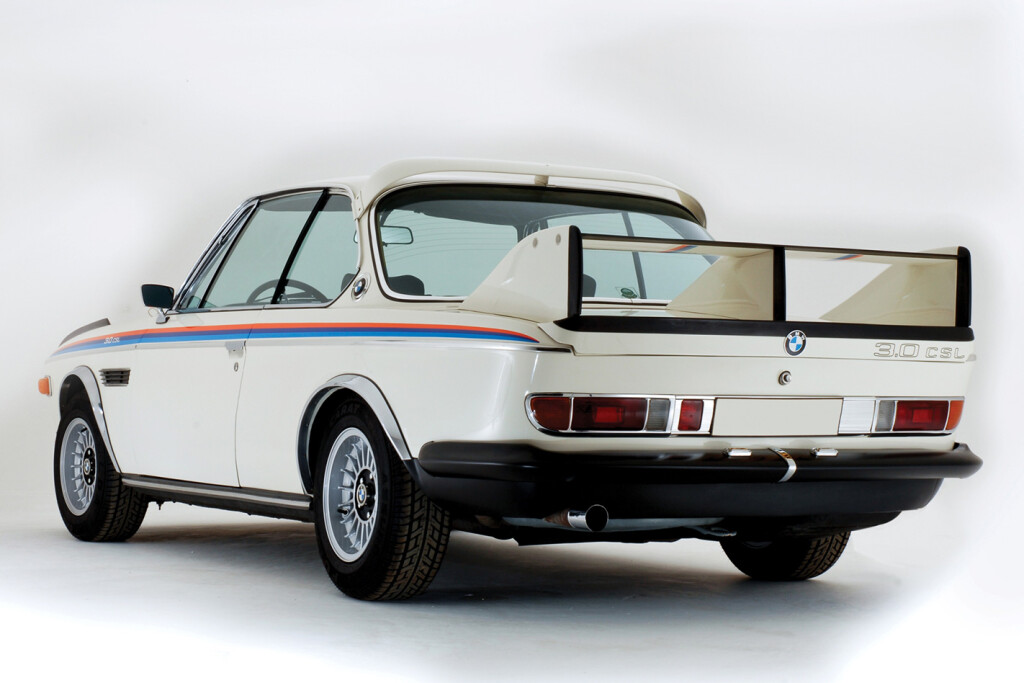
Collector and Enthusiast Appeal
The 3.0 CSL’s combination of rarity, motorsport heritage, and distinctive design has made it highly sought after by collectors and enthusiasts. Its cultural significance is evident in the strong demand for well-preserved examples, with prices appreciating over the years. The 3.0 CSL holds a special place in the hearts of BMW fans and car enthusiasts who appreciate its historical importance and exceptional driving experience.
